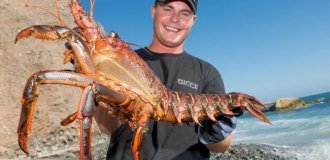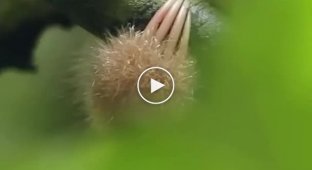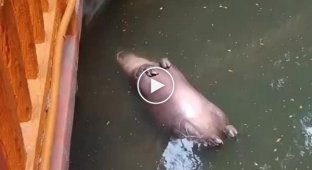Pygmy anteater: a cute animal tears wasp hives into pieces, and then feasts on the ruins (6 photos)
How deceiving appearances can sometimes be. You're walking through the jungle and see a fluffy bundle of cuteness softly clinging to a branch. You can already imagine how touchingly he eats all sorts of fruits, but then right before your eyes the beast finds a nest of wasps, destroys their house and calmly crunches on the creatures of hell! 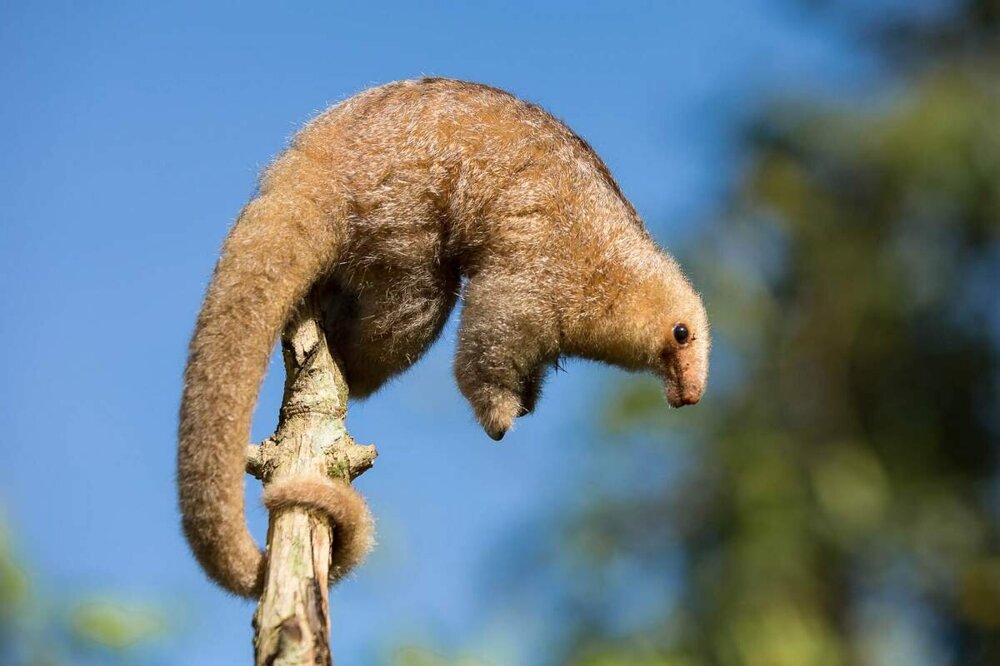
Ha ha ha, no one will believe you that I am a bloody murderer!
There is no place for tiny furry creatures in the harsh tropical forests of South America. Therefore, the dwarf anteater is not as simple as it seems. Dense yellow fur, an elongated muzzle, a long prehensile tail, button eyes and... huge claws on the front paws in the style of a velociraptor! Okay, the two claws on each paw are huge only in comparison to the rest of the carcass. The dwarf anteater fully lives up to its name and fits easily in the palms of your hands. 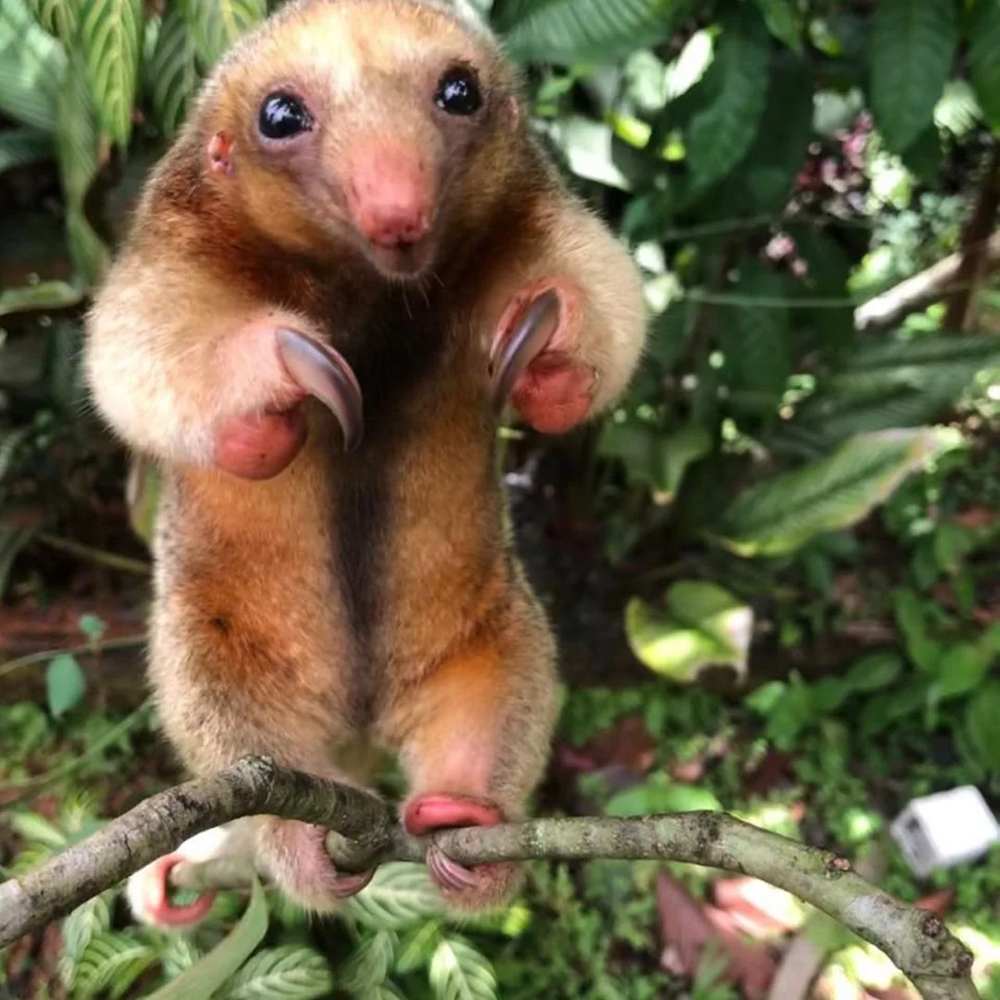
Are you afraid of wasps? Why be afraid of them? You need to eat them!
The hooks on the anteater's paws are multifunctional. This is a win-win insurance for tree climbing, and an excellent weapon against enemies - rivals and predators, and a wonderful mechanism for opening shelters where nutritious insects can hide. If Freddy Krueger comes to us in nightmares, then ants, beetles and even wasps of South America have nightmares about a tiny anteater, ominously tapping its claws. An encounter with a long sticky tongue becomes the last for thousands of insects a day - an anteater can eat up to 5,000 insects per day. 
You are asking me to exterminate the beehive that has taken up residence in your attic. But you do it without respect.
But how does a slow animal cope with a swarm of angry beasts? He takes the swarm by cunning. As the sun sets, the wasps' fervor subsides - they become lethargic and sleepy. It is at night that the baby anteater delivers its fatal blow, tearing apart the hive with its claws and impaling the confused insects on its claws and tongue. 
Guys, look what I can do without hands!
Having filled his belly with protein, the anteater goes to seek shelter among the branches before the sun rises. There will also be lovers of his butt - hawks and harpies are just waiting to close their claws on the fragile carcass. Some scientists believe that the anteater shows its ingenuity here too - the animal disguises its shaggy muzzle as the fruits of cotton trees. 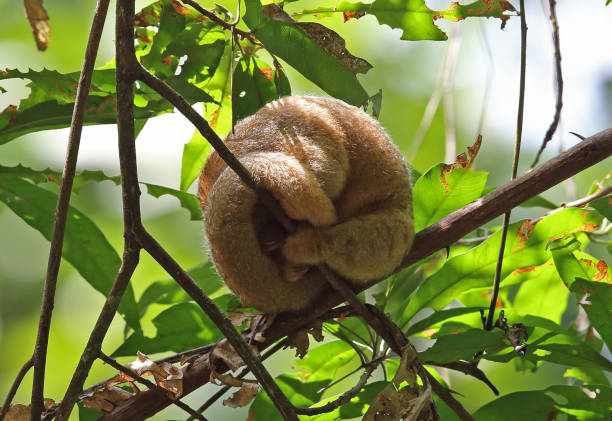
The fruit of the cotton tree fell asleep. The wildlife is amazing!
However, proper camouflage does not prevent animals from finding the opposite sex. In evergreen forests there is no need to worry about the correct season, so anteaters give birth to offspring twice a year. From birth until almost adulthood, the only offspring literally hangs on the neck of the parents. Not only the mother, but also the father hangs around with the baby. 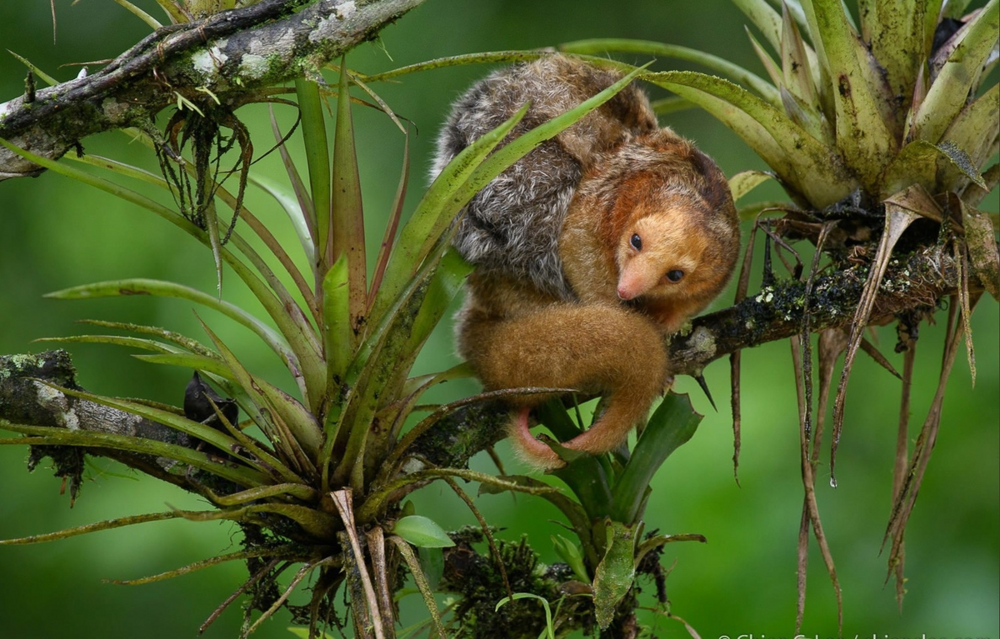
The weight of parental responsibility sometimes feels very literal.
The baby will stay with his parents until he learns to eat solid food. By this point, he weighs half of his adult weight—neither his father nor his mother will carry such a burden. So suddenly the young anteater becomes an adult and embarks on the path of an insidious insect exterminator!




